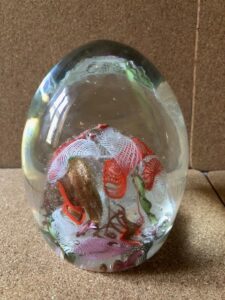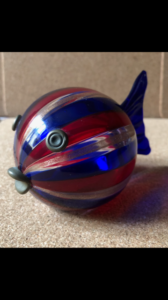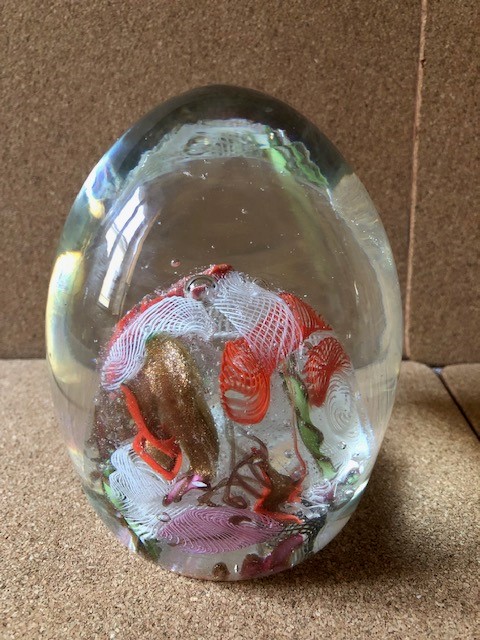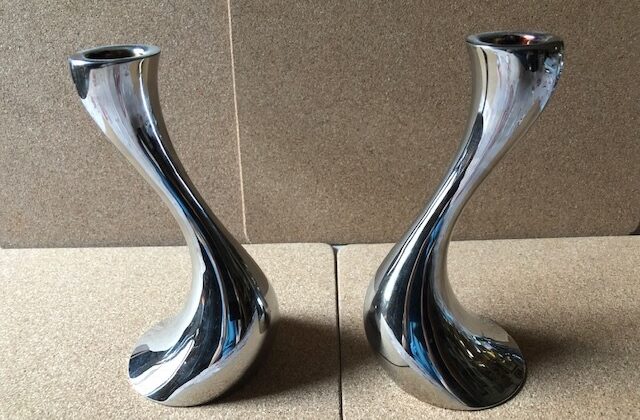Venini Glasswares artistic production
Prof. Francesco Carelli

Venini glassware – Marked Venini Murano 1969 – 90 / 100

Venini fish glassware – Marhed Venini Murano 1957
Paolo Venini (1895 – 22 July 1959) emerged as one of the leading figures in the production of Murano glass and an important contributor to twentieth-century design. He soon developed an acquaintance with Giacomo Cappellin, a native of Venice who owned a Milan antiques shop.
In 1921 Venini and Cappellin opened a glass factory on the island of Murano, the historic glass production center in the lagoon of Venice, Italy, under the name Vetri Soffiati Muranesi Cappellin Venini & Co. With Luigi Ceresa and Emilio Hochs as investors, they arranged to purchase the recently closed Murano glass factory of Andrea Rioda, hire the former firm’s glassblowers, and retain Rioda himself to serve as technical director of the venture.
Their plans went quickly awry, however, when Rioda died before production had begun. Several of the principal glassblowers decamped to found a competitor firm under the name Successori Andrea Rioda. Nonetheless, the venture was successfully launched and prospered with support from the founders’ distribution contacts in Milan. The firm also benefited from a commitment to introducing new, modern design concepts.
Following disputes, Cappellin withdrew from the firm in 1925, taking most of the firm’s master glassblowers and launching a competitor. Venini reorganized with new glassblowers and, first as Soffiati Muranesi Venini & C. and later oducts, including the famous “fazzoletto” (handkerchief) series which he created as Venini & C., achieving a position as a design leader among Murano firms. Venini himself played a role in designing several of the firm’s best-known products, with designer Fulvio Bianconi. In 1946, Bianconi repeatedly went to Murano to learn about the glass art. Here, the meeting with Paolo Venini is decisive: the creativity of the young man marks a breaking point for the history of the Venini company. The eager research and experimentation of new techniques for working glass, also with the reworking of ancient skills, is a constant for Fulvio Bianconi. New movements and colors are born in the glass, which redesign the link between Murano history and great modernity. From the contamination of the craft with the creative flair, iconic works were born, such as the figures of the Commedia of Art, the Tiepolos, the Fazzoletto, the Sirens and the Pezzati.
The ethos was to “take the Murano tradition of glass blowing and combine it with the French fashion industry’s tradition of using designers.” Venini employed Napoleone Martinuzzi as his artistic director. Between ther designers: Ettore Sottsass, Gae Aulenti.
Following Venini’s death in 1959, the firm was initially continued by other family members and then sold in 1985.
On the occasion of the opening of the newly founded Frauenau Glass Museum on May 6, 1975, the museum presented a special exhibition Venini-Murano with works from the Wolfgang Kermer collection for the first time in Germany.




